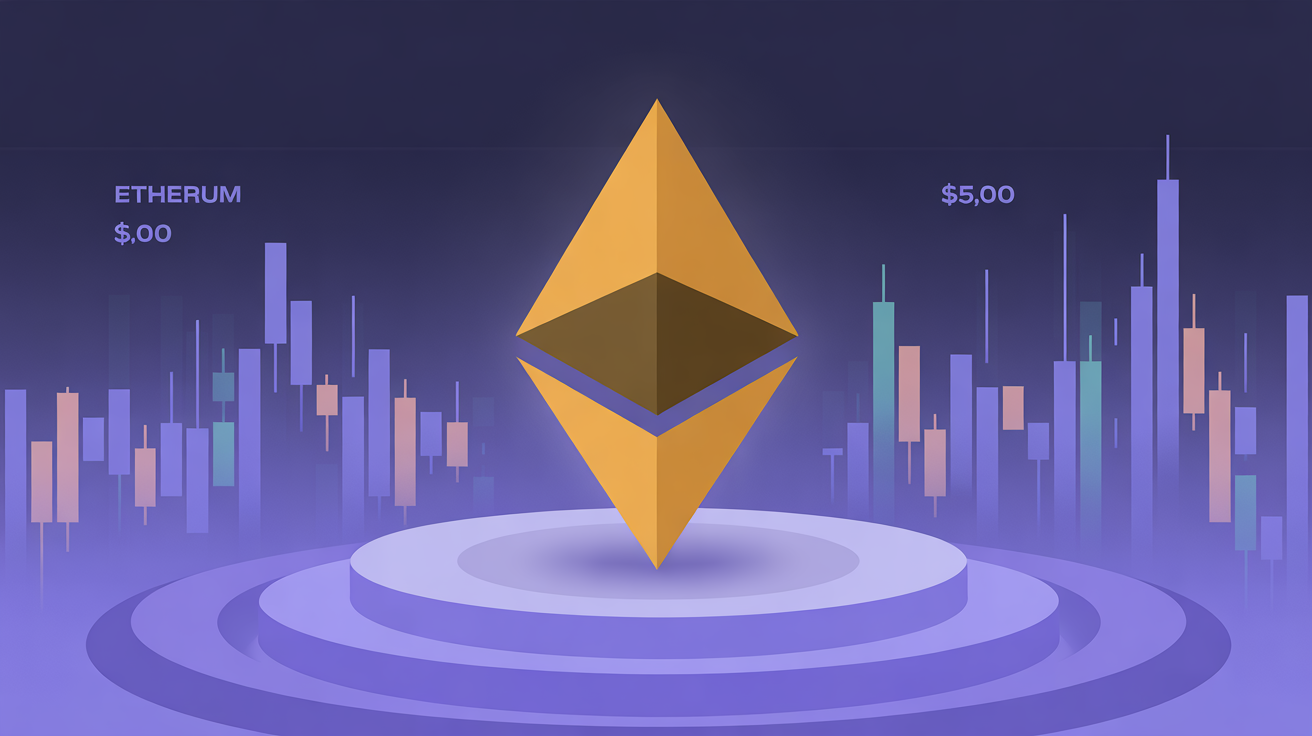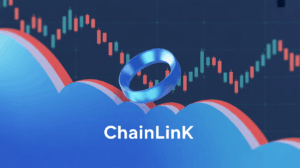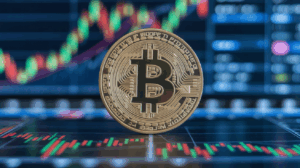“Market Expert Predicts More Downside After Bitcoin Suffers Largest Loss Since August”
Bitcoin Could Face Extended Downturn, Says Bitwise Analyst After Sharp Market Decline
BTC may remain in a vulnerable position for a while, offering investors a potential “buy the dip” scenario, according to Bitwise’s Andre Dragosch.
Bitwise’s Head of Research in Europe, who previously maintained a bullish stance on bitcoin (BTC), has turned cautious following last week’s 8% drop, cautioning about the possibility of further losses in the coming weeks.
Bitcoin, the largest cryptocurrency by market capitalization, fell 8.8% last week to approximately $95,000, marking its steepest decline since August, based on data from TradingView and CoinDesk Indices. The downturn coincided with the Federal Reserve’s announcement signaling fewer rate cuts for the upcoming year and reinforcing its stance against holding BTC or pushing for legal changes to allow it.
The Fed’s hawkish projections also unsettled traditional markets, leading to a 2% drop in the S&P 500, a 0.8% gain in the dollar index—the highest level since October 2022—and a 14 basis point rise in the 10-year Treasury yield, breaking a key technical resistance.
Andre Dragosch, Bitwise’s Head of Research for Europe, believes this risk-off sentiment might persist.
“The Fed finds itself in a challenging position. Despite three consecutive rate cuts since September, financial conditions remain tight. Meanwhile, real-time inflation indicators, such as Truflation, suggest price pressures are climbing again,” Dragosch told CoinDesk.
Dragosch, who accurately predicted BTC’s rally in July when market sentiment was weak, noted that while short-term pain is likely, it could present a compelling buying opportunity given bitcoin’s structural supply constraints.
“We may see more downside in the short term, but the BTC supply deficit remains a strong tailwind for long-term growth,” Dragosch said.
Rising Treasury yields and a stronger dollar typically reduce the appeal of riskier assets like bitcoin and equities, as higher borrowing costs and expensive USD-based assets discourage fresh capital inflows.
Inflation Parallels with the 1970s?
Some analysts have drawn parallels between the current U.S. inflation cycle and the double-peak scenario of the 1970s, where the second wave of inflation proved more intense.
Dragosch pointed out that sticky inflation readings have likely heightened the Fed’s concerns about a similar resurgence.
“The Fed is likely cautious about aggressively cutting rates for fear of triggering a second inflation wave, akin to the twin peaks seen in the 1970s. On the flip side, holding rates too high for too long risks economic stagnation,” Dragosch explained.
In the long run, Dragosch expects tightening financial conditions driven by higher yields and a robust dollar to eventually push the Fed towards action. Meanwhile, bitcoin’s inherent supply scarcity remains a key long-term bullish factor.
Share this content:













